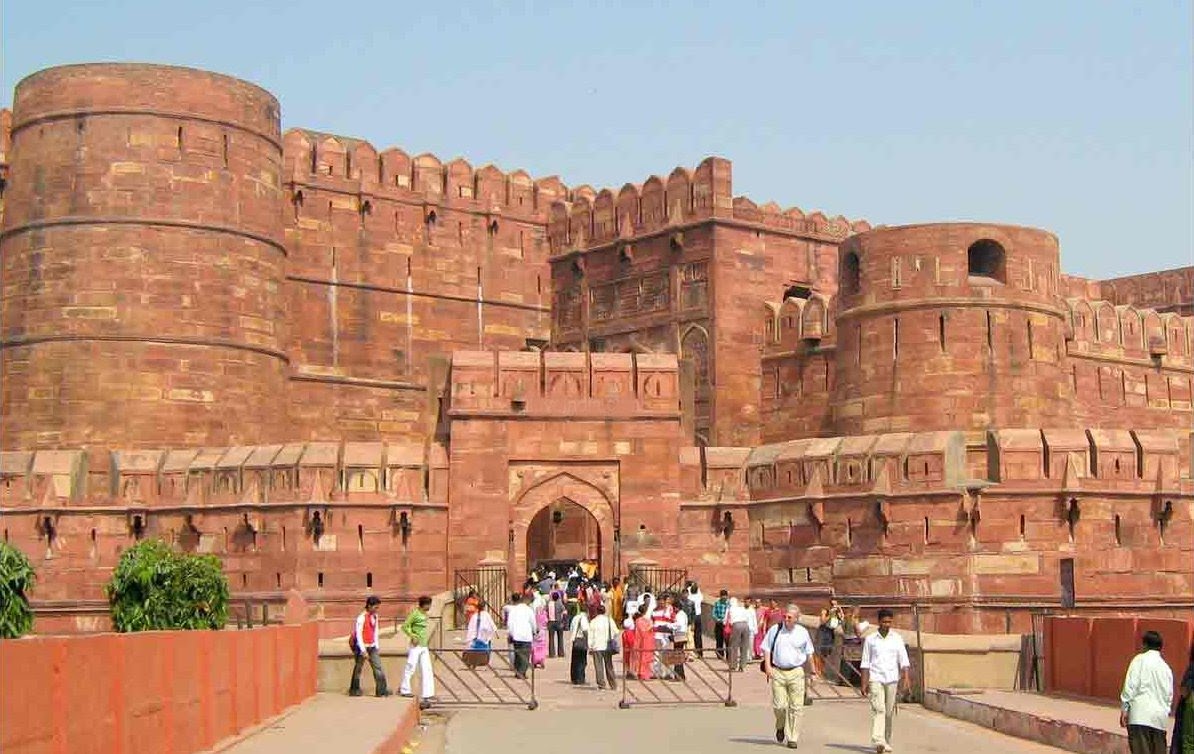The Red Fort | Delhi Landmarks
The historic Red Fort made it to the UN Heritage Site List in 2007. The agency recognized it as a cultural property with outstanding universal value. Red Fort’s formal inclusion in the list made Delhi the only city in India to have three UNESCO recognized heritage sites – the other two are Humayun’s Tomb and Qutub Minar.

Red Fort
The new status does not provide Red Fort with any extra formal international legal protection. However, it does place an obligation on the Archeological Survey of India to provide for careful protection and management of the site, to prevent any further damage to its buildings and historic gardens.
The Red Fort popularly known as Lal Qila was constructed between AD 1639 and 1648 by Mughal emperor Shah Jahan, as part of his capital Shahjahanabad. One of the finest examples of Mughal architecture built upon local traditions, it is a fusion of Islamic, Persian, Timurid and Hindu architectural traditions. The Fort has been a symbol of power since Shah Jahan’s reign and has witnessed the changes in Indian history up to British rule. It is the place where Indian independence was first declared, and is still celebrated.